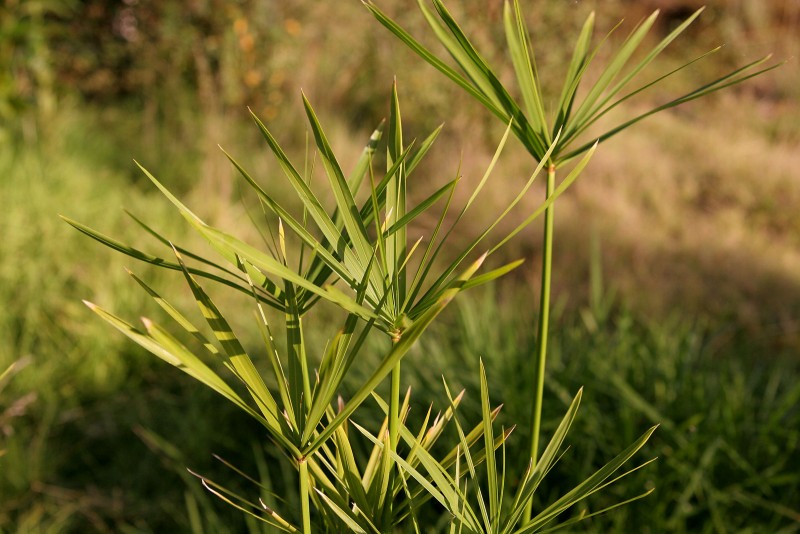
Plants are an integral part of our natural environment, adding beauty and serenity to our surroundings. However, not all plants are as harmless as they may appear. In this article, we will explore a range of seemingly innocuous plants that can actually be quite deadly. These botanical killers lurk in gardens, forests, and even in our own homes. Let's delve into the world of lethal flora and learn how to stay safe.
Oleander, with its vibrant blooms and lush foliage, can easily catch your eye. However, don't be fooled by its beauty. Every part of this plant is highly toxic if ingested and can lead to severe health issues, including death.
The castor bean plant may seem harmless, but its seeds contain a deadly toxin called ricin. Ingesting just a few seeds can be fatal, making it a serious concern for both humans and pets.
Belladonna, also known as deadly nightshade, contains potent alkaloids that can cause hallucinations, seizures, and, in extreme cases, death. Its alluring berries may attract unsuspecting victims, so awareness is crucial.
With its tall spires of colorful bell-shaped flowers, foxglove may seem inviting, but it contains compounds that can disrupt heart rhythms. Ingesting even a small amount can be life-threatening.
Hemlock, infamous for its role in Socrates' demise, contains coniine, a neurotoxin that paralyzes muscles and can lead to respiratory failure. Avoid any encounters with this deadly weed.
Water hemlock ranks as one of North America's most toxic plants. Ingesting any part of it can result in violent seizures, nausea, and death. Be cautious when near bodies of water where it often grows.
The angel's trumpet boasts large, trumpet-shaped flowers that emit a sweet fragrance. However, these beauties conceal a sinister secret: their leaves and flowers contain toxic alkaloids that can cause delirium and even fatality.
Dumb cane is a popular houseplant known for its attractive foliage. However, if ingested, it can cause severe throat and mouth irritation, leading to difficulty in speaking or breathing.
Found in tropical coastal regions, the manchineel tree is one of the most dangerous trees in the world. Every part of this tree, from its leaves to its fruit, is toxic and can cause severe burns and internal damage.
Jimsonweed, also known as devil's snare, contains hallucinogenic alkaloids that can lead to extreme disorientation, seizures, and death. It's important to recognize this plant and avoid accidental ingestion.
While pokeweed's berries may look enticing, they are highly toxic when consumed. Ingesting them can lead to digestive distress, convulsions, and even death.
Aconite, also called monkshood or wolfsbane, is known for its stunning blue flowers. However, its roots contain lethal alkaloids that can cause paralysis and heart issues.
Yew trees, often used in landscaping, have toxic needles and seeds. Ingesting them can lead to cardiac arrest, making them a hidden danger in many gardens.
Wisteria may seem innocent, but its seeds and pods contain toxic compounds. Ingestion can lead to digestive upset and, in some cases, serious health issues.
While rhubarb stalks are a tasty addition to desserts, their leaves are highly toxic due to oxalic acid. Ingesting them can lead to kidney damage and other health problems.
The autumn crocus may add color to your garden in the fall, but its bulbs contain colchicine, a toxin that can lead to organ failure if ingested.
Iris flowers are prized for their beauty, but their rhizomes can be poisonous if consumed, causing severe digestive issues and other health problems.
Euphorbia plants have milky sap that can irritate the skin and eyes. Ingesting any part of the plant can result in severe digestive distress.
While morning glory flowers are charming, their seeds contain hallucinogenic compounds that can be dangerous if ingested.
African violets are popular indoor plants, but their leaves can be mildly toxic to pets and humans if ingested.
These are just a few examples of plants that can pose a serious threat to your health if mishandled or ingested. It's essential to stay informed about the flora in your environment and take precautions to protect yourself and your loved ones. Always keep a watchful eye, especially if you have curious children or pets, and remember that nature's beauty can sometimes hide deadly secrets.
Sonia Gandhi Hospitalized: Health Concerns Arise
Samosa to Chips: South Indian Snacks That Are the Healthiest
What milk alternatives are healthier? See what the professionals have to say